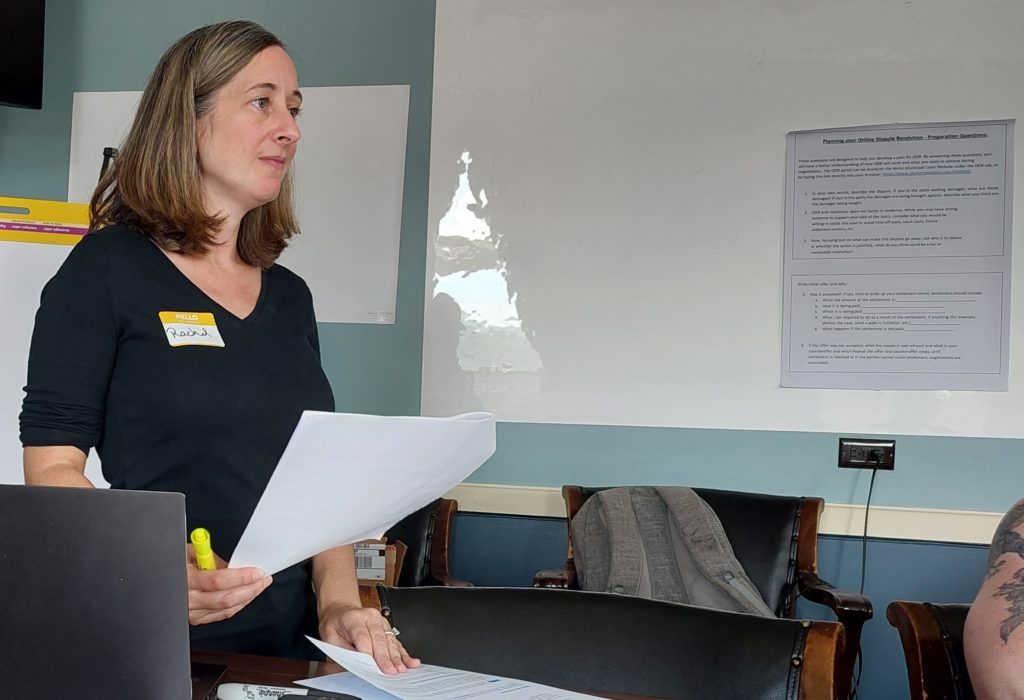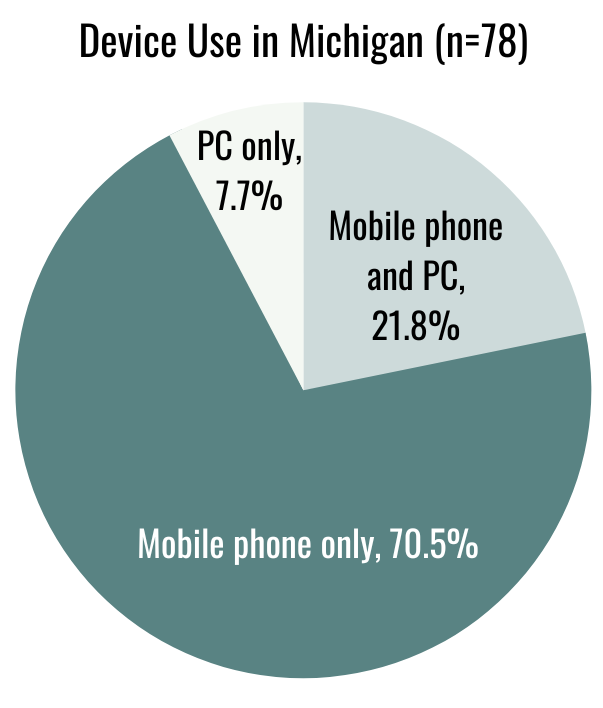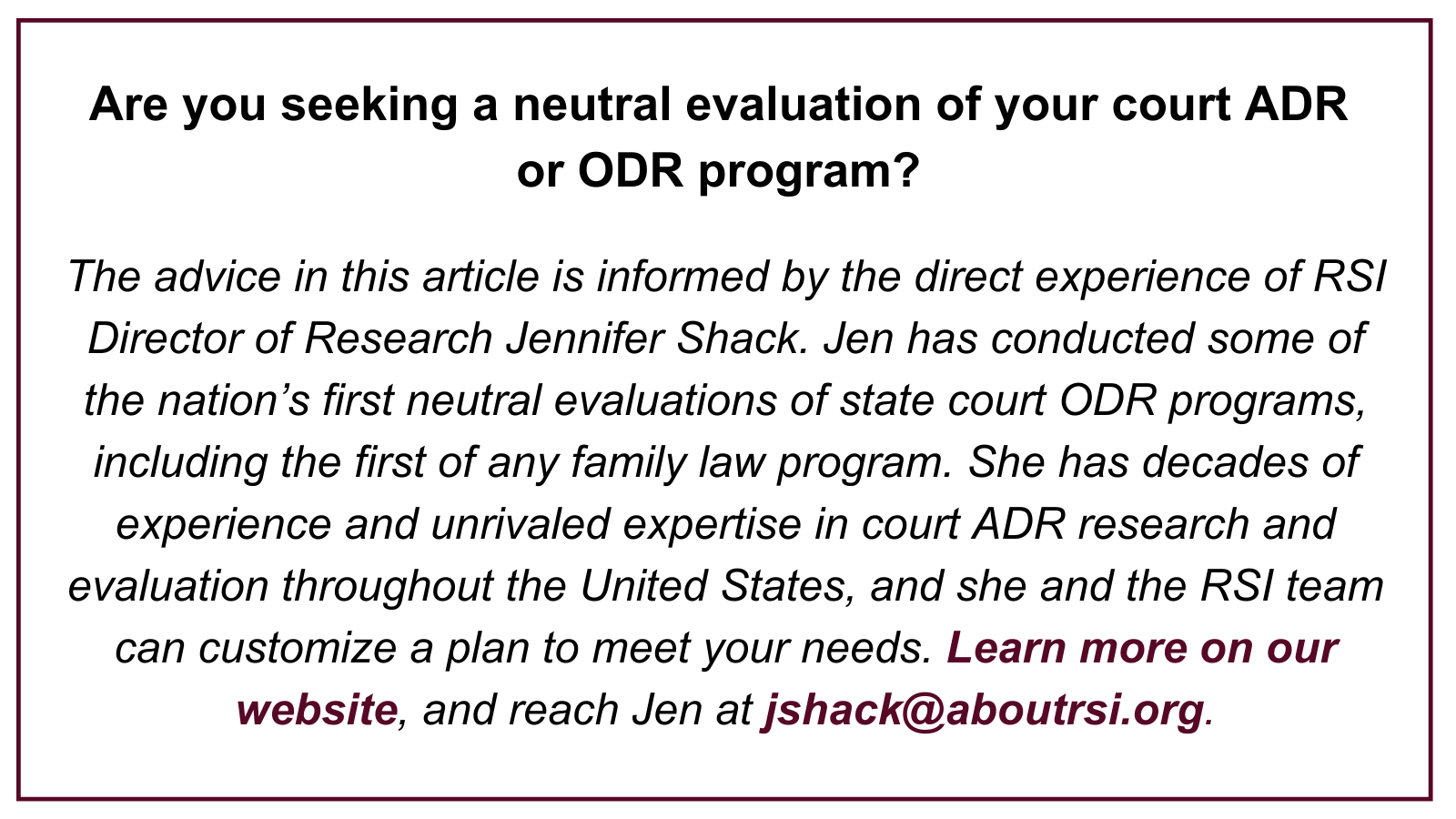In February, Resolution Systems Institute welcomed two new Board of Directors members to their first RSI board meeting. Recently we wrote a blog introducing you to one of them, University of Denver Law Professor Oladeji M. Tiamiyu. For this edition, we spoke with the other, Texas A&M Law Professor Nancy A. Welsh.
Nancy Welsh is the Frank W. Elliott, Jr. University Professor, Professor of Law and Director of the Dispute Resolution Program at Texas A&M University School of Law. She is a leading scholar and teacher of dispute resolution and procedural law. Prof. Welsh examines negotiation, mediation, arbitration, judicial settlement and dispute resolution in US and international contexts, focusing on self-determination, procedural justice, due process and institutionalization dynamics. Read more about Prof. Welsh’s background and find links to her work in her RSI bio.
When/where were you first introduced to alternative dispute resolution?
I first learned about alternative dispute resolution when I was in law school. Frank Sander — one of the founders of the ADR movement (including the contemporary mediation movement) — was one of my law professors. He taught a course that I believe was called Alternatives to Litigation. That was where I first learned about mediation. I’m sure we also covered arbitration, but negotiation principles and mediation are what I remember best. I actually enjoyed the exam in that course — an unusual experience! — because we needed to think about what the parties wanted and what their underlying interests likely were. We also needed to think practically when different alternatives existed that might be responsive to their underlying interests. I found the problem-solving aspect of the course to be really exciting.
I also had the opportunity to take a mediation training when I was in law school and then to mediate in a small claims court.
What are some of the big questions related to ADR that interest you or that you are currently focusing on?
I’ve always been interested in the intersection between negotiation, mediation, arbitration and the courts, which, of course, is where RSI largely is located. I have been a big advocate of negotiation, mediation and arbitration when the parties have actually selected these processes, and when the processes have been managed in a manner that helps to ensure that people really have the opportunity to think and share what they care about, to think about what options might exist for resolution, to be fully informed, and to freely make their choices.
One thing that really excited me about negotiation and mediation was that it seemed as though — especially once you started asking about and looking at underlying interests — a whole new path to resolution opened up. I had gotten to a point where it seemed to me that when we were talking about the law, there was no path; there were only positions and legal arguments.
So when people are choosing negotiation or mediation, when they really have the opportunity to be informed and to explore what other options exist that can be responsive to their needs, I am entirely in favor of these processes.
When the mediation process is one in which mediators or lawyers decide that the parties are never going to be in direct contact with each other — putting them in separate rooms and with the mediator just shuttling back and forth — and when the focus of mediation is primarily on getting the parties to be more realistic in the way that the mediators and lawyers want them to be, I am less enthusiastic about the processes. Some reality-testing is almost inevitable, but the mediation process also should provide the opportunity for the parties to express what is really important to them, to be heard in a dignified setting, and to explore options that meet their needs. I care a lot about procedural justice and self-determination and have written extensively on both.
Importantly, we really don’t know what happens in most mediations. The courts don’t regularly collect or publish such data. Again, this is a world in which RSI operates; RSI has been involved in much more research and evaluation than a lot of organizations and encourages court-connected programs to evaluate and collect data. That is really important. How can you know what is going on if you don’t have any information?
Meanwhile, I know that a lot of the data we do have indicates that people are satisfied with the mediation process. So that’s important. I just think the process can be one that enables people to fully exercise self-determination consistent with the American ideal of democracy, that each of us is a thinking human being who can be educated and make good decisions. And then, of course, we also need data regarding the other dispute resolution processes.
What in your current academic work, if anything, relates to the work of RSI?
My academic work relates to RSI’s work because RSI does so much with data and evaluation, and a lot of my writing has been about mediation and court-connected processes, which are obviously core areas for RSI.
I wrote a series of articles (one of which is “But Is it Good: The Need to Measure, Assess, and Report on Court-Connected ADR”) that focus largely on the need for more data, for regular reporting by the courts regarding their use of dispute resolution processes. How many cases were eligible? How many cases actually went to these dispute resolution processes? Did they settle? On what terms? What were parties’ perceptions of the procedures and outcomes? And then I also have urged that courts have some responsibility to ensure substantive fairness in the aggregate, or at least some responsibility to ensure that there is not a systemic pattern of unfairness in outcomes.
What attracted you to/made you want to join the RSI board?
I have thought for a long time that RSI is a really wonderful organization and it’s doing important work. When I identify who is out there focusing on court-connected dispute resolution, helping to ensure that research is being done and that courts are getting the kind of assistance they need to provide good court-connected dispute resolution processes, RSI has been at the center of it. Jen Shack is a wonder. Susan Yates is a wonder.
What are you most looking forward to during your time on the RSI board?
I think there are amazing people who are involved with RSI, so I’m looking forward to getting to know the staff and the board. I’m excited to be working with people on the board — some of whom I’ve known and respected for a long time, and others whom I’ve known by reputation but have never before met. It’s an honor to join them.











